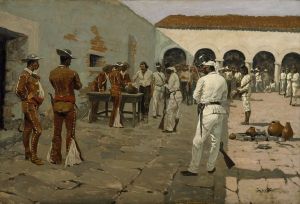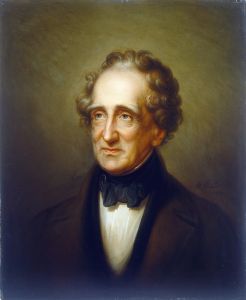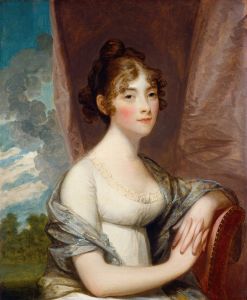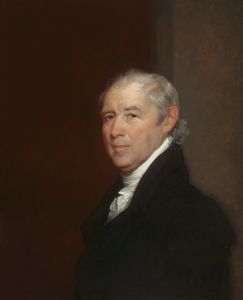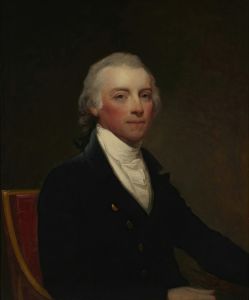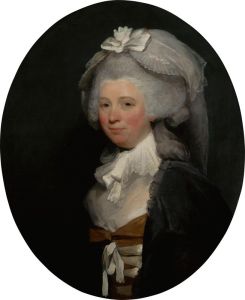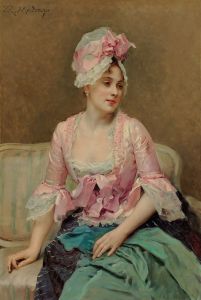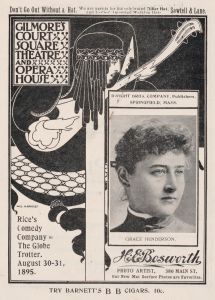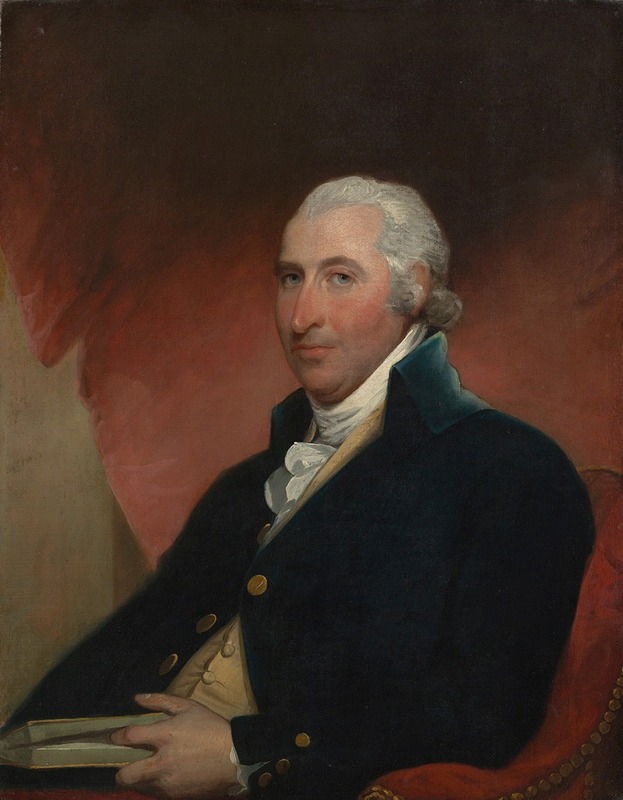
John Shaw
A hand-painted replica of Gilbert Stuart’s masterpiece John Shaw, meticulously crafted by professional artists to capture the true essence of the original. Each piece is created with museum-quality canvas and rare mineral pigments, carefully painted by experienced artists with delicate brushstrokes and rich, layered colors to perfectly recreate the texture of the original artwork. Unlike machine-printed reproductions, this hand-painted version brings the painting to life, infused with the artist’s emotions and skill in every stroke. Whether for personal collection or home decoration, it instantly elevates the artistic atmosphere of any space.
"John Shaw" is a portrait painted by the renowned American artist Gilbert Stuart. Stuart, born in 1755 in Rhode Island, is celebrated for his portraits of prominent figures in American history, most notably his unfinished "Athenaeum" portrait of George Washington, which has become an iconic image of the first U.S. president.
The painting of John Shaw is one of Stuart's many works that exemplifies his skill in capturing the likeness and character of his subjects. Gilbert Stuart was known for his ability to convey the personality and status of his sitters through his use of color, composition, and attention to detail. His portraits often feature a realistic portrayal of the subject's facial features and expressions, set against a simple, often dark, background that emphasizes the figure.
John Shaw, the subject of this portrait, was a notable figure during his time, although specific details about his life and achievements are less documented compared to some of Stuart's other subjects. The portrait likely reflects Shaw's social standing and personal attributes, as Stuart was adept at highlighting the dignity and presence of his sitters. The painting would have been commissioned, as was typical of Stuart's work, by Shaw or his family, indicating Shaw's prominence and the desire to have his likeness captured by one of the most esteemed portraitists of the era.
Stuart's technique involved a meticulous process of layering paint to achieve a lifelike representation. He often began with a detailed underdrawing, followed by layers of thin glazes that allowed him to build depth and luminosity in the skin tones. This method is evident in the "John Shaw" portrait, where the subtle gradations of light and shadow create a three-dimensional effect.
The portrait of John Shaw is part of Stuart's extensive body of work that includes over a thousand portraits. His ability to capture the essence of America's early leaders and influential figures has cemented his legacy as one of the foremost portrait artists of his time. Stuart's works are held in high regard and are featured in numerous prestigious collections, including the National Gallery of Art in Washington, D.C., and the Museum of Fine Arts in Boston.
While the specific details of John Shaw's life may not be as widely known, the portrait remains a testament to Stuart's artistic prowess and his role in documenting the faces of early American society. The painting not only serves as a visual record of an individual but also as a representation of the style and cultural values of the period in which it was created.





